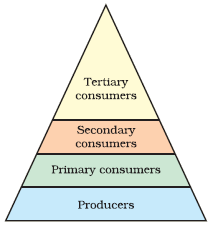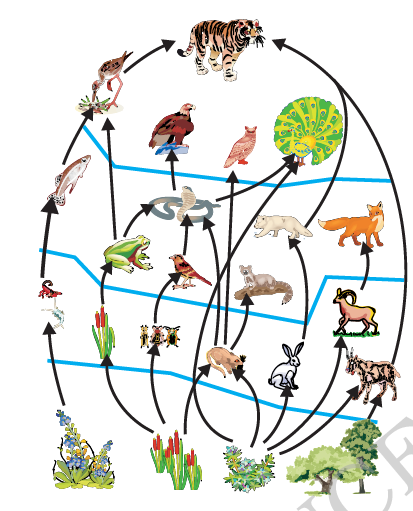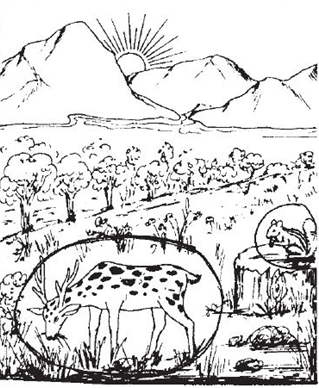Hello friends,
In this video, we will revise 15th chapter of Science – Our Environment.
In this video, we will be discussing following topics:
- Ecosystem
- Producers, consumers and decomposers
- Food chain
- Food web
- Biological magnification
- Ozone layer and its depletion
- Previous Years’ Questions
Let us now start revising this chapter





